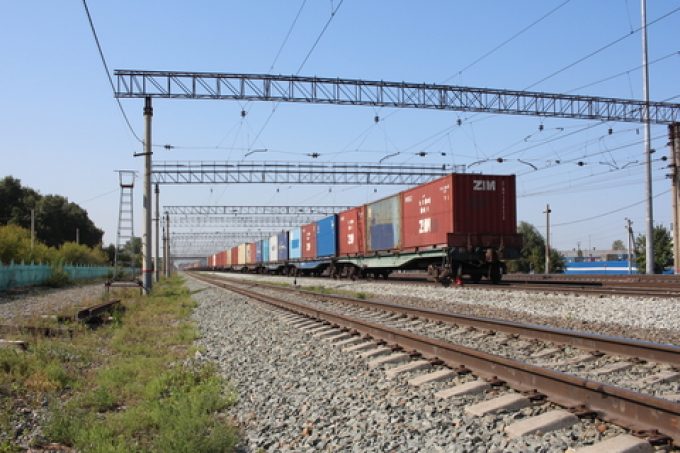Railfreight boxes in Russian Customs logjam being returned to China
Rail containers from China en route to Europe but held up in Russia, some for ...

Demand for China-Europe rail freight has plummeted since Russia’s invasion of Ukraine, but some European customers are “bypassing sanctions” by using Chinese agents.
According to Chinese state media, Silk Road rail volumes increased in the first quarter to 350,000 teu on 3,630 train trips, up 9% and 7% respectively, year on year.
However, forwarders have experienced a very different reality on the ground; one contact told The Loadstar he estimated rail volumes were down by 80% on pre-war figures.
Jacky Yan, founder and ...
Maersk u-turn as port congestion increases across Northern Europe
Apple logistics chief Gal Dayan quits to join forwarding group
Maersk Air Cargo sees volumes fall as it aims for 'margin in favour of revenue'
Airlines slash freighter capacity post-de minimis, but 'the worst is yet to come'
Houthis tell Trump they will end attacks on Red Sea shipping
Transpac rates hold firm as capacity is diverted to Asia-Europe lanes
MSC revamps east-west network as alliance strategies on blanking vary
India-Pakistan 'tit-for-tat' cargo ban sparks sudden supply chain shocks


Comment on this article